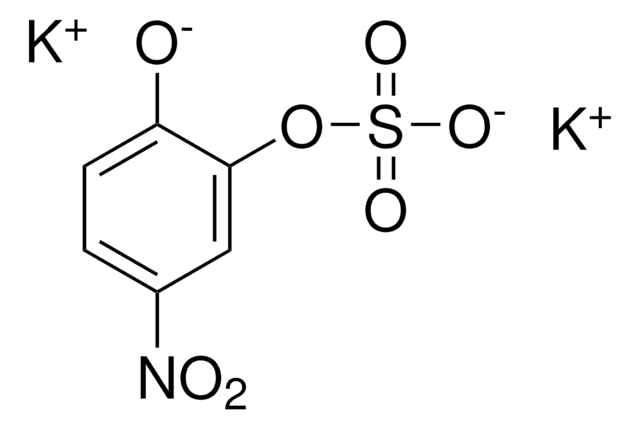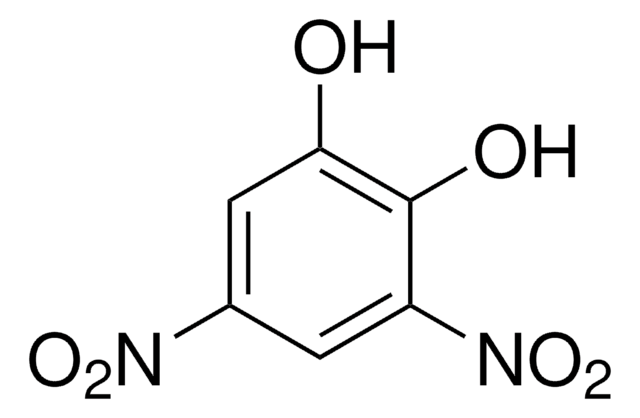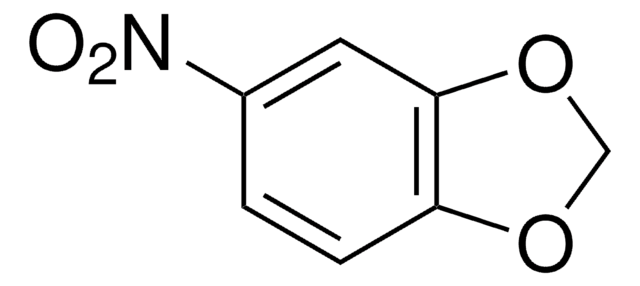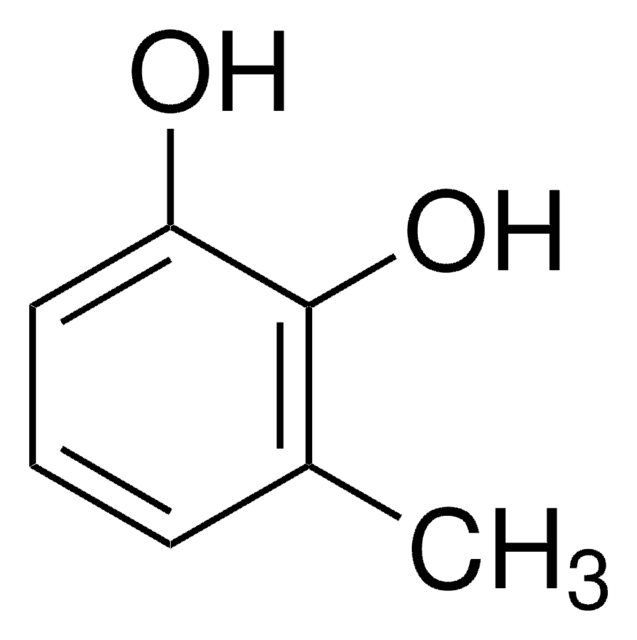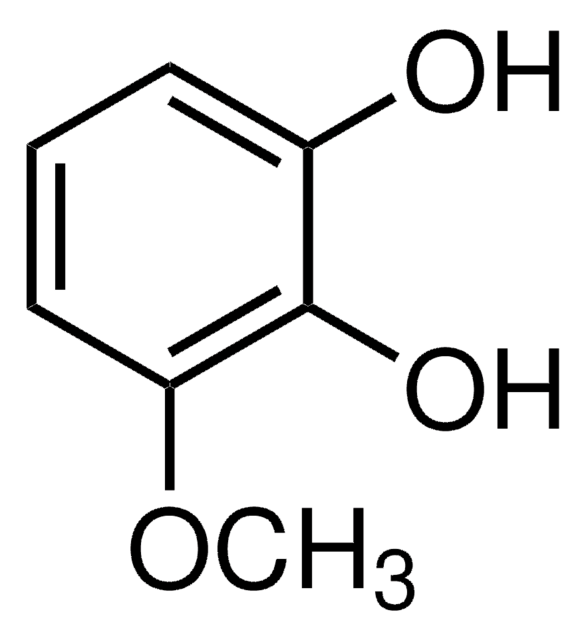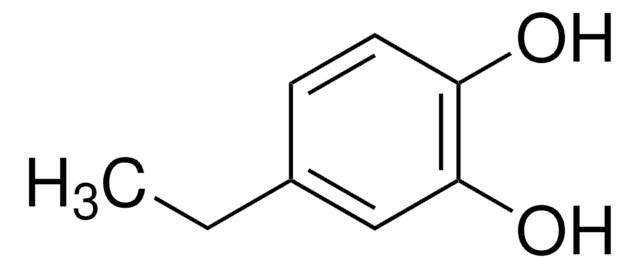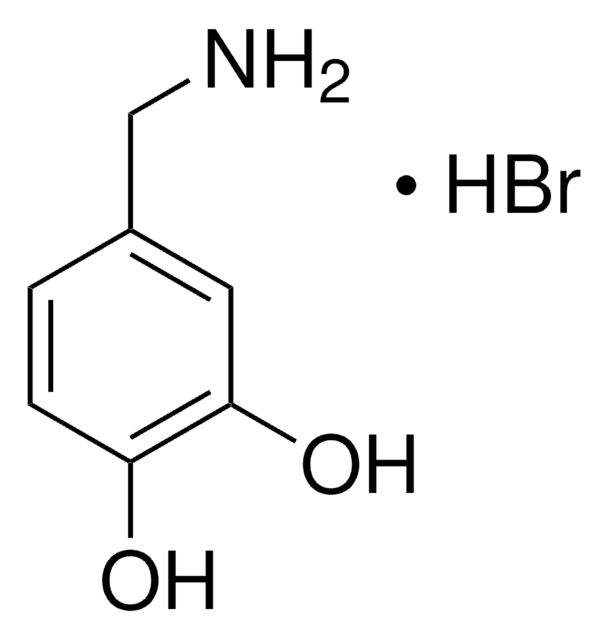추천 제품
Quality Level
분석
≥96.0%
양식
powder
mp
173-177 °C (lit.)
SMILES string
Oc1ccc(cc1O)[N+]([O-])=O
InChI
1S/C6H5NO4/c8-5-2-1-4(7(10)11)3-6(5)9/h1-3,8-9H
InChI key
XJNPNXSISMKQEX-UHFFFAOYSA-N
유전자 정보
rat ... Nos1(24598)
유사한 제품을 찾으십니까? 방문 제품 비교 안내
Storage Class Code
11 - Combustible Solids
WGK
WGK 3
Flash Point (°F)
Not applicable
Flash Point (°C)
Not applicable
개인 보호 장비
dust mask type N95 (US), Eyeshields, Gloves
이미 열람한 고객
Ayelet Fishman et al.
Biotechnology and bioengineering, 87(6), 779-790 (2004-08-27)
After discovering that toluene 4-monooxygenase (T4MO) of Pseudomonas mendocina KR1 oxidizes nitrobenzene to 4-nitrocatechol, albeit at a very low rate, this reaction was improved using directed evolution and saturation mutagenesis. Screening 550 colonies from a random mutagenesis library generated by
A Chauhan et al.
Journal of applied microbiology, 88(5), 764-772 (2000-05-03)
Pseudomonas cepacia RKJ200 (now described as Burkholderia cepacia) has been shown to utilize p-nitrophenol (PNP) as sole carbon and energy source. The present work demonstrates that RKJ200 utilizes 4-nitrocatechol (NC) as the sole source of carbon, nitrogen and energy, and
Stephanie L Groce et al.
Biochemistry, 44(19), 7175-7188 (2005-05-11)
Homoprotocatechuate 2,3-dioxygenase (WT 2,3-HPCD) isolated from Brevibacterium fuscum utilizes an active site Fe(II) and O(2) to catalyze proximal extradiol cleavage of the aromatic ring of the substrate (HPCA). Here, the conserved active site residue His200 is changed to Gln, Glu
R J Duescher et al.
Analytical biochemistry, 212(2), 311-314 (1993-08-01)
p-Nitrophenol hydroxylation to p-nitrocatechol is a useful metabolic marker for the presence of functional cytochrome P450 2E1 in mammalian cell microsomes, but the assay is limited by the sensitivity of the spectrophotometric method used to monitor p-nitrocatechol formation. In this
Joseph P Emerson et al.
Journal of biological inorganic chemistry : JBIC : a publication of the Society of Biological Inorganic Chemistry, 10(7), 751-760 (2005-10-12)
The manganese-dependent 3,4-dihydroxyphenylacetate 2,3-dioxygenase (MndD) from Arthrobacter globiformis CM-2 is an extradiol-cleaving catechol dioxygenase that catalyzes aromatic ring cleavage of 3,4-dihydroxyphenylacetate (DHPA). Based on the recent crystal structure of the MndD-DHPA complex, a series of site-directed mutations were made at
자사의 과학자팀은 생명 과학, 재료 과학, 화학 합성, 크로마토그래피, 분석 및 기타 많은 영역을 포함한 모든 과학 분야에 경험이 있습니다..
고객지원팀으로 연락바랍니다.